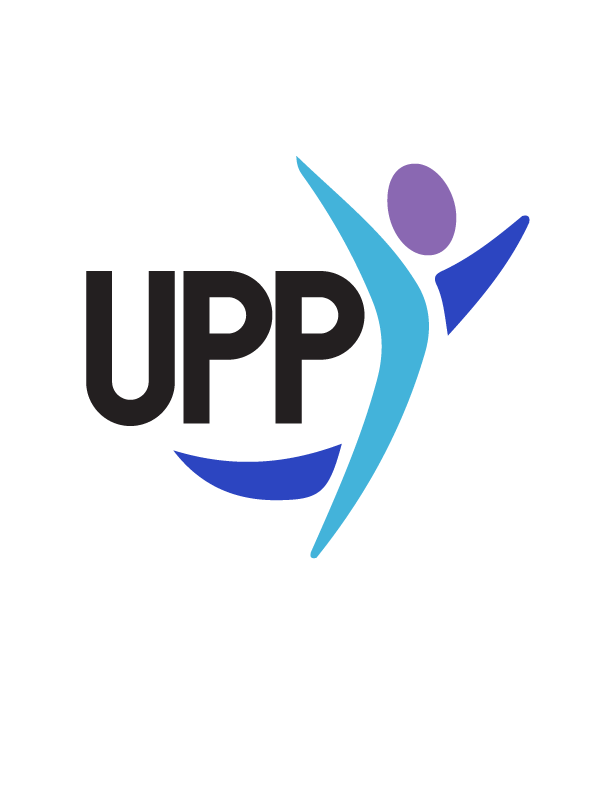LESSON 3:
GO GIVING AND MY BIG POTENTIAL
In life we have Big Potential and Small Potential. Simply put, our Small Potential is what we can achieve on our own, while our Big Potential is what we can achieve with others. Throughout this lesson we look at how we can be a “Go Giver” and doing so builds our relationships. With better quality relationships we start to unlock our Big Potential. Follow the instructions below to complete this lesson.
Equipment:
UPP Workbook and Pen
Notebook
Learning Intentions:
Students to understand that we achieve a lot more when working with those around us.
Students to understand that when we are a “Go Giver” we begin to build our relationships, which in turn helps us to unlock our Big Potential.
ACTIVITY 1 - BLIND AEROPLANE
TIME: 15+ Minutes
Method:
Students are to make pairs or groups or three.
One student is blindfolded (eyes closed, hold school hat over eyes, etc) and the room is filled with obstacles (chairs, desks, etc).
The blindfolded student is the “Aeroplane” and the other members of their group are the “Air traffic controllers”.
The “Air Traffic Controllers” are to lead the blind aeroplane through the room by communicating instructions.
The “Aeroplane” also only has a limited amount of fuel left (1 - 3 minutes or teachers choice) to reach a safe landing (arriving at the “Air Traffic Controllers” tower).
The “Aeroplane” is allowed two “brushes” (limited contact with an obstacle). The third brush, a direct hit or stepping directly on an obstacle causes a “crash”.
They may step around, over or under an obstacle. Also, the aeroplane can only fly forward (no reversing), however it may turn in any direction.
Rotate so that each student gets a turn to be the “Aeroplane”.
Activity Reflection:
Ask: Would it have been easier or harder to make it to the “tower” without the help of others? Why?
Ask: What made things work well in that activity? What could they have done better, and could consider in the future, in order to work with the people around them effectively.
Discuss with the class the concept of Big Potential vs Small Potential (See intro at the top of webpage), and how that relates to this activity as well as relationships / life in general.
activity 2 - video and discussion
TIME: 5 - 10 Minutes
Watch the following video before moving on to Activity 3. After the video, students are to think of one thing they may have learnt, reflected on or connected with throughout the video. Encourage some students to share their reflections with the class.
ACTIVITY 3 - RELATIONAL BANK ACCOUNT (RBA)
TIME: 10 Minutes
Students are to turn to page 5 in their UPP Workbook and complete pages 5 & 6 on their own.
Once these pages are completed, students are to pair up and share ways they could make a deposit (Add) to a Relational Bank Account.
ACTIVITY 4 - RELATIONAL BANK ACCOUNT whole class discussion
TIME: 5 - 10 Minutes
Once the worksheets are completed, students are to consider; Why is it important to add to the RBA of others? What might the negative consequences be if we don’t add to the RBA of others?
Students are to discuss how the RBA theory, and adding to the RBA of others, can link back to previous lessons based on:
Empathy
Assertiveness
Above and Below the Line Behaviours
Discuss with the class the concept of Big Potential vs Small Potential, and how that relates to our RBA’s.
ACTIVITY 5 - REflection on learning
TIME: 5 - 10 Minutes
Review the learning intentions by asking students to comment on what they have learnt throughout the lesson.
Students are to reflect on a time they have added to the RBA of one of their relationships. How did it make them feel? How did the other person in the relationship feel?
Students are to reflect on the RBA of their own relationships and consider how they could continue add to their existing RBA’s.
These resources have been curated from ideas within Shawn Achor's book Big Potential and built for you by Unleashing Personal Potential.
